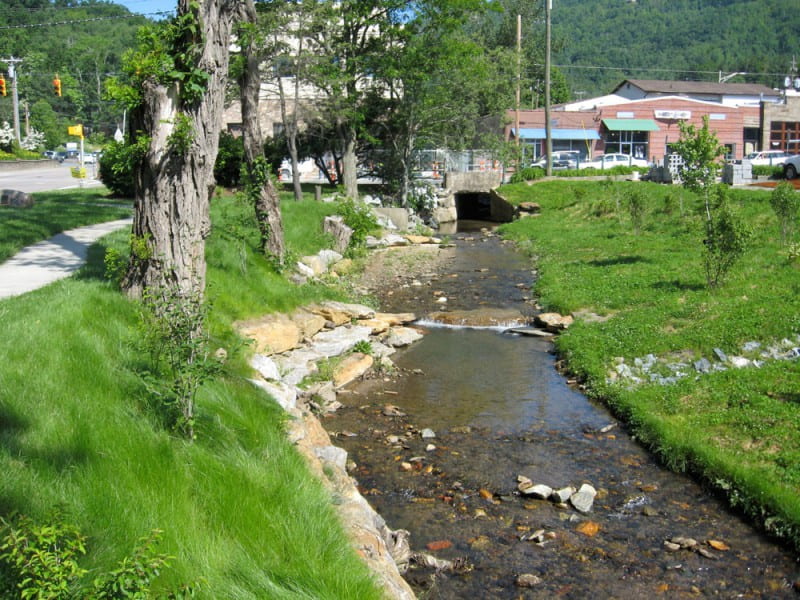
Video article: Supersaturation – The calcium crystals
As I see things, all of stone disease concerns the balance between the opposing forces of supersaturation and kinetic retardation of crystallization. The former is better understood and more tractable because easily measured and commercially produced for clinical care. The latter is not fully understood in term of the molecules responsible and not commercially available as a clinical test. So of the two primary forces that control whether crystals can form, we have only supersaturation to use. Being so central, this one measurement, for each of the stone crystals, has unusual importance. These three relatively short videos cover the main elements of supersaturation: What it is, how kidneys produce it, and how it is measured and used in stone prevention. They combine with ‘How Stones Form’ to make what I think is a fine story about stone disease and a fine basis for understanding how stones are best prevented. I have gathered together in the article links to all of the supersaturation articles on the site thus far.

